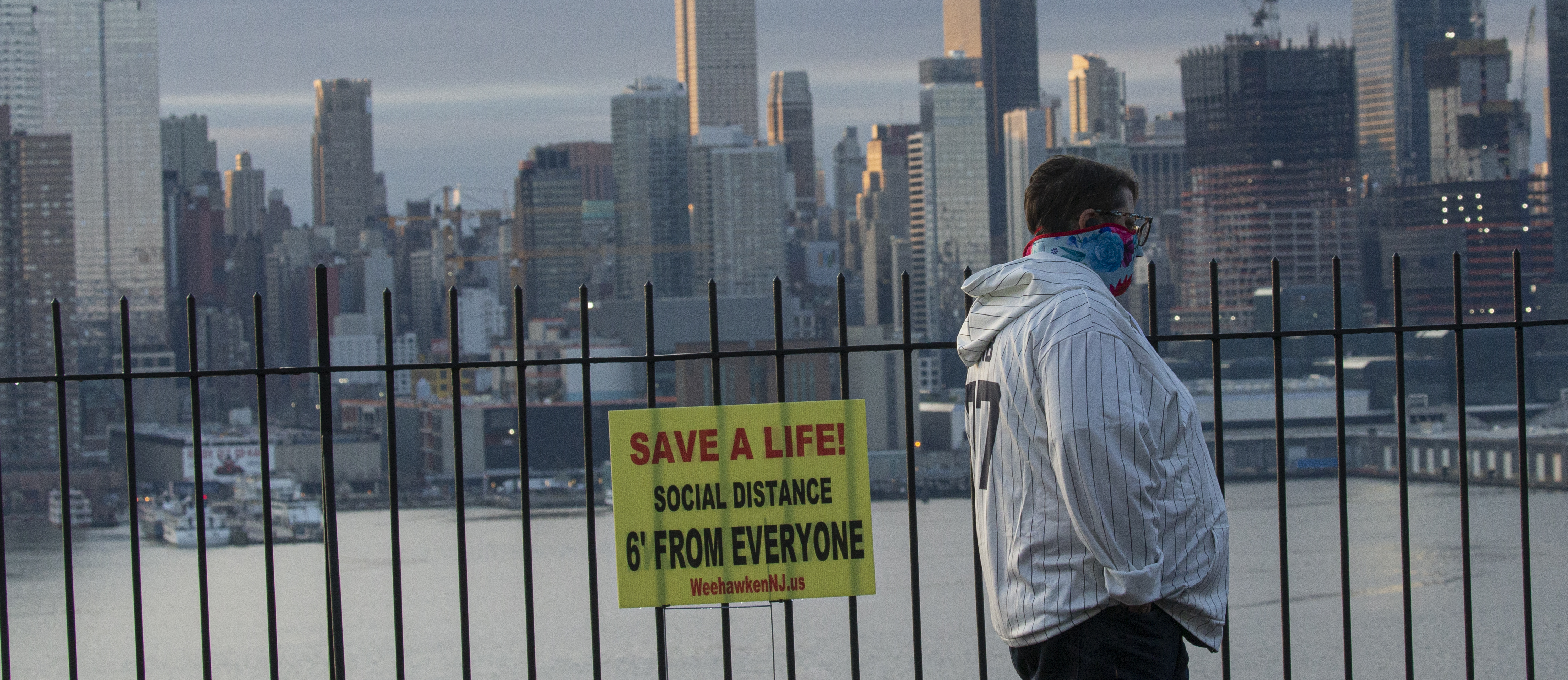
Our recent study on the effect of stay-at-home orders on global health metrics made us take a closer look at data in the United States. Read on for the details.
Recently we published an in-depth global data study to see if self-isolation and stay-at-home policies had an effect on weight, activity, sleep and even night heart rate. Globally, we were able to say stay-at-home isn’t making us gain much weight or slow down.
To bring more clarity, we crunched the numbers on cities in the US. And there are differences. It’s not surprising that New York, with its strict stay-at-home orders, lost the most steps. But who is getting more shut-eye? Nearly all cities are sleeping more, but Cincinnati is for sure spending a lot more time under the covers—an average of 25.34 more minutes per day! And who is gaining the most weight? Spoiler alert: Indianapolis has gained more than half a pound, on average, and they are also the only city getting no additional sleep. Las Vegas is a close second for weight gain, at .45 of a pound. And interestingly, even with all the bread-baking we’re seeing on social media, four US cities show weight loss during this time—Boston, Philadelphia, Miami, and San Francisco. All are getting fewer steps, but all are losing weight.
To see how your town has done, see below for the comparisons of activity, weight, and sleep in major US cities.
Activity decrease during stay-at-home

Sleep duration increase by city

Weight gain/loss by city

Methodology
This study was conducted by Withings, analyzing the anonymous aggregated data from over 2 million users, with at least 1,000 users within each city. The data was analyzed around the start of the self-isolation time period in the U.S.—March 22, 2020, to May 15, 2020.
Feature photo by Kena Betancur/Getty Images


